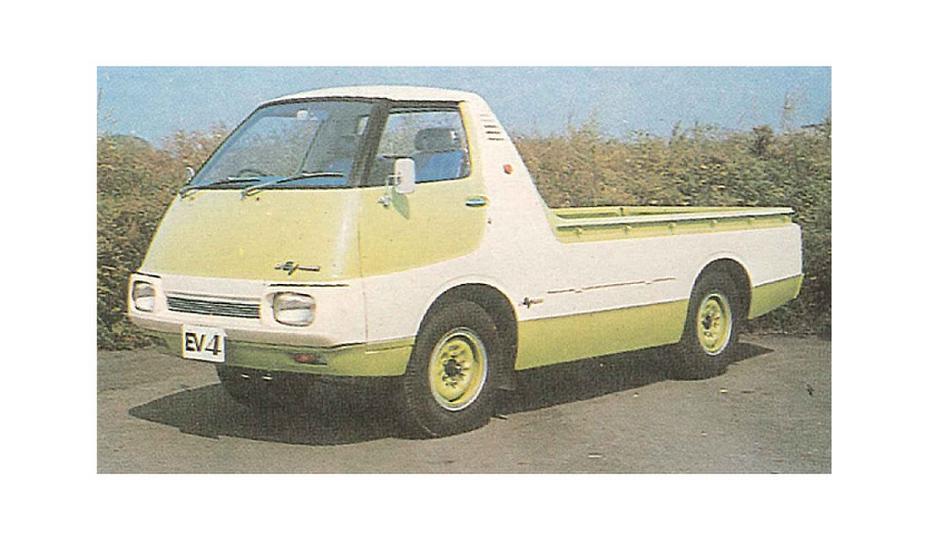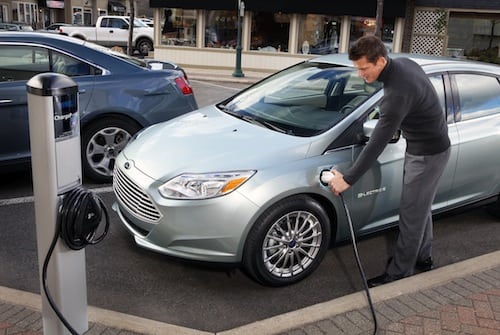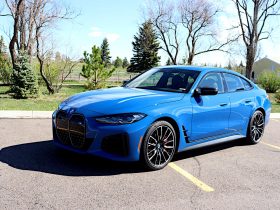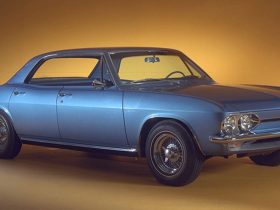Back in the 1960s and 1970s, there was a short-lived, but interesting resurgence of electric vehicle ideas. The global energy crisis, which resulted in new fuel efficiency laws around the world, also resulted in a rekindled interest in electric vehicles. Several innovations came about, though none were enough to push EVs into the forefront again.
One of the better electric concepts was from Nissan with its EV4 models: the EV4-P or EV-4H. Although limited by the still-infant battery technologies of the time, the EV4 was a pretty genius design that, if resubmitted now with modern batteries, could easily be a market winner.
The history of electric vehicles is as old as automotive itself. Most of the early vehicles made pre-1900 were electrics. In fact, up until Ford’s uber-cheap Model T came in 1908, electric and gasoline powered vehicles were considered equals on the market. Like today, city dwellers preferred the electric models for their simplicity and quiet operation while rural people and long distance drivers preferred gasoline. But automobiles were, up to Ford’s revolution, mostly the purview of the well-off.
By 1970, however, automobiles were considered a must-have for all classes of people in the developed world. And with the energy crisis thanks to oil embargoes on, a rekindling of the EV commenced.
Nissan has had a long history with electric propulsion, having dabbled in the idea since its earliest days after World War II. Several concepts and small production models were made, but the technology to make these vehicles truly realistic just wasn’t there. Then, in 1970, Nissan’s engineers began working on the EV4 models.
Both EV4s were long-bed pickup truck models meant for work. Deliveries and the like were the focus for design. The EV4-P was a single-cab pickup truck with a fully battery-electric propulsion system. The EV4-H, which came later, was an extended cab-style truck with a hybrid gasoline-electric design and upgraded battery technologies. Both had beds that were nearly five meters long with about a 2.5-meter wheelbase. Both were a cab forward design, popular in Asia and Europe at the time, and both utilized lead-acid batteries.
Nissan’s engineers were hoping to improve on previous designs with high-efficiency work trucks under then-current Japanese Ministry of International Trade and Industry definitions and standards.
The EV4-P, which was shown in 1971 as a concept, had an array of lead-acid batteries under the bed. These provided up to 302 km (187 miles) of range per charge, but charging times were very lengthy (roughly 12-14 hours). With the batteries slung between the axles to both lower the center of gravity and give good weight distribution, the EV4-P had its electric motor just behind the rear axle and cantilevered by the cab up front, which sat atop the front axle. Controllers and the DC conversion system were underneath and behind the driver.
This well-balanced design allowed the long bed of the truck to accommodate large loads and bulky items. The cab’s design meant that maneuverability for the EV4-P was good. Although official numbers for speed and weight carrying capability were not given, the design clearly allowed for city speeds and perhaps highway speeds while the weight allowance was likely in the one-ton ballpark.
Nissan never rekindled the EV4-P despite its innovation and popularity as a concept. It seems likely that costs and limited appeal kept it from being marketable.
The EV4-H that came shortly afterwards could have been more marketable with its hybrid system and better batteries. But the combination of lead-acid and zinc-air batteries was expensive and unproven. The EV4-H offered 496 km (308 miles) of range and a more conventional look. This truck would have also been expensive in comparison to gasoline options of the time and the extended cab size had little added utility as the lead-acid batteries were stored behind the driver’s seat in that space.
In all, the EV4 concepts were definitely forward-thinking designs from Nissan. They paved the way towards utilitarian EVs going forward and showed what was possible with that era’s technology.







